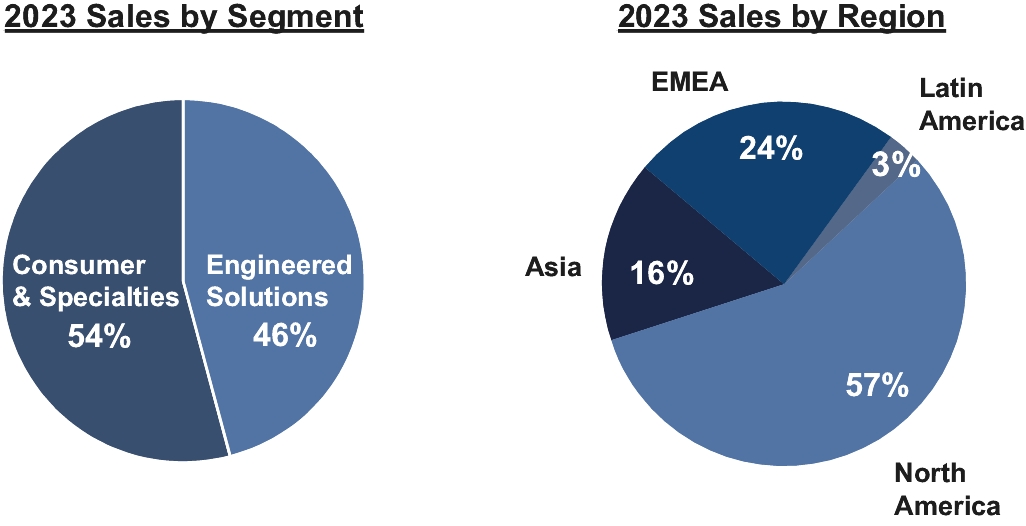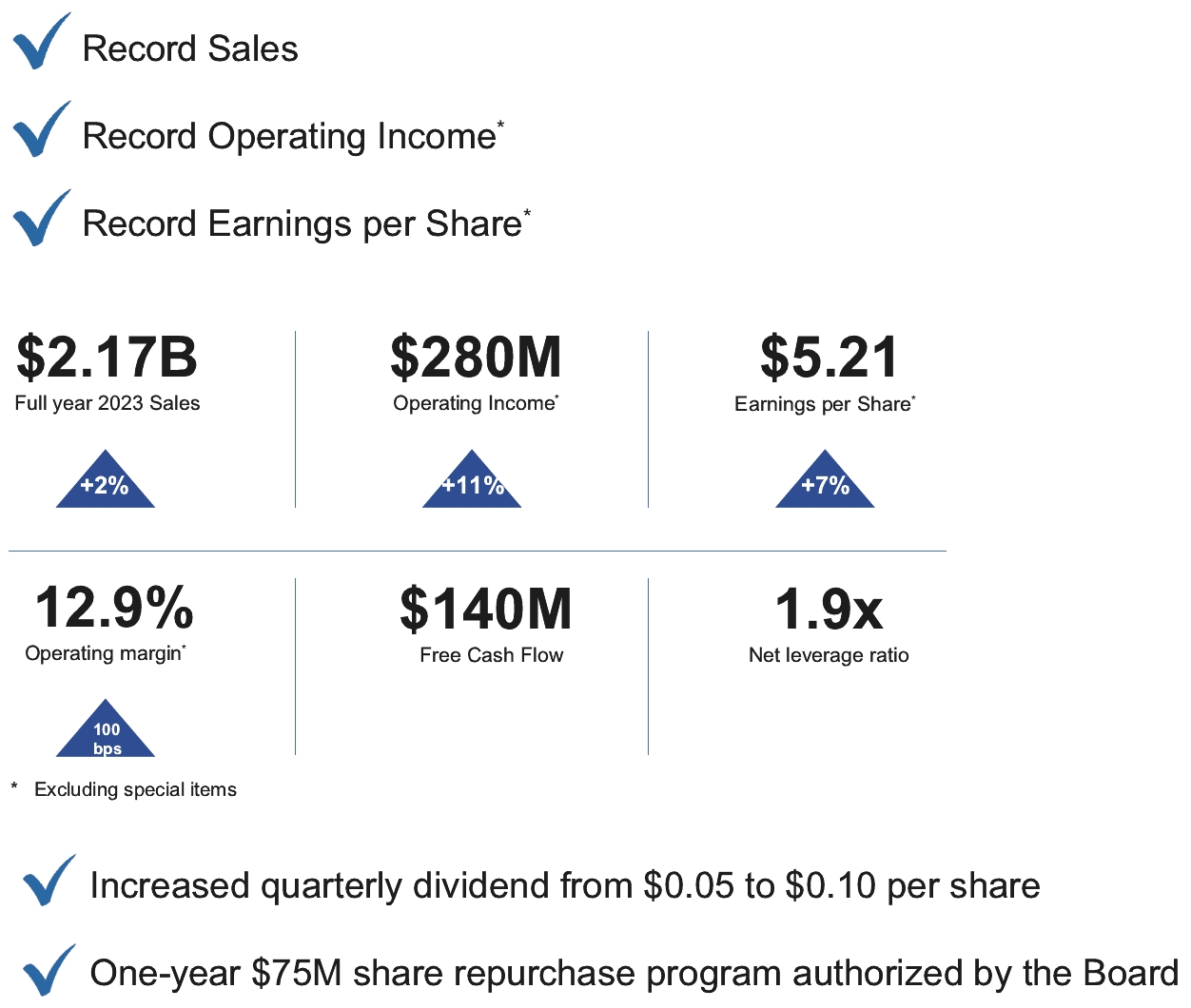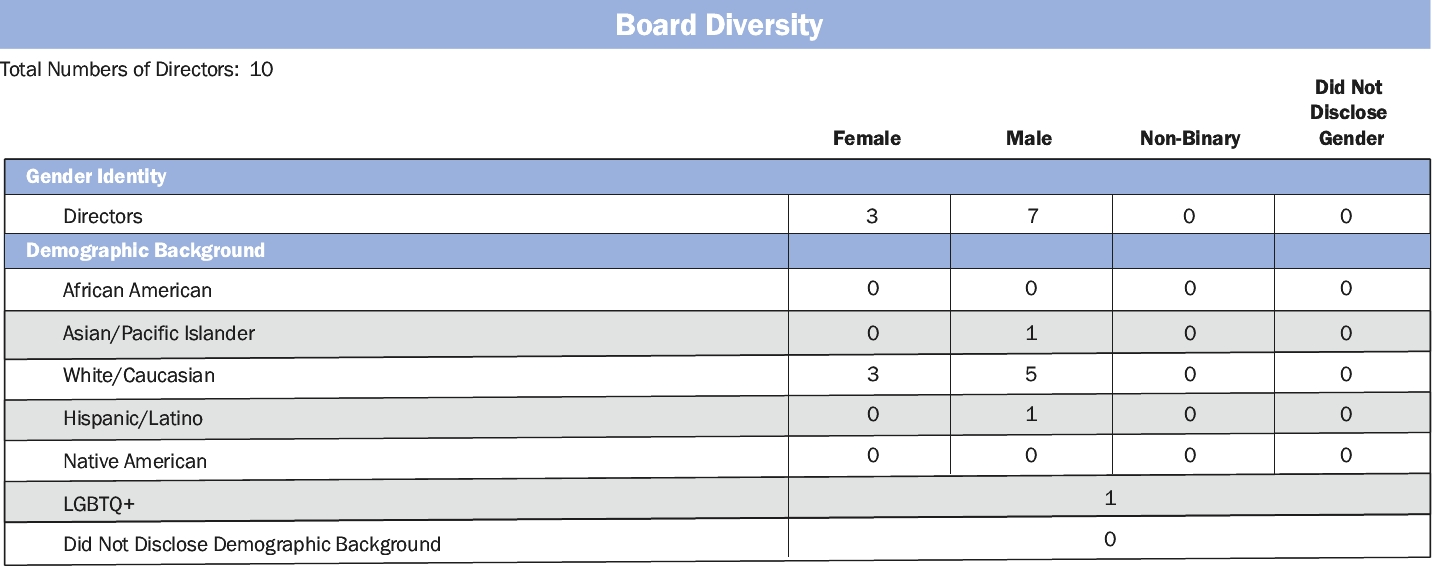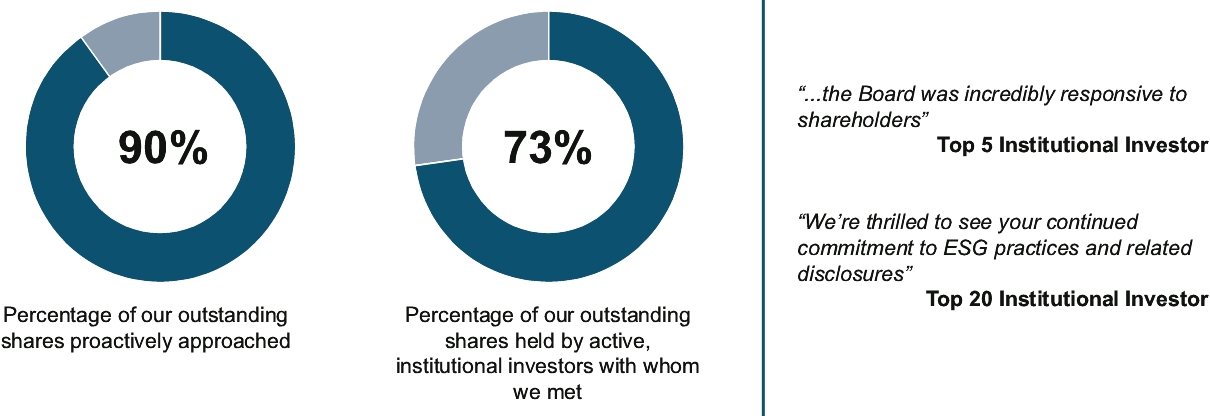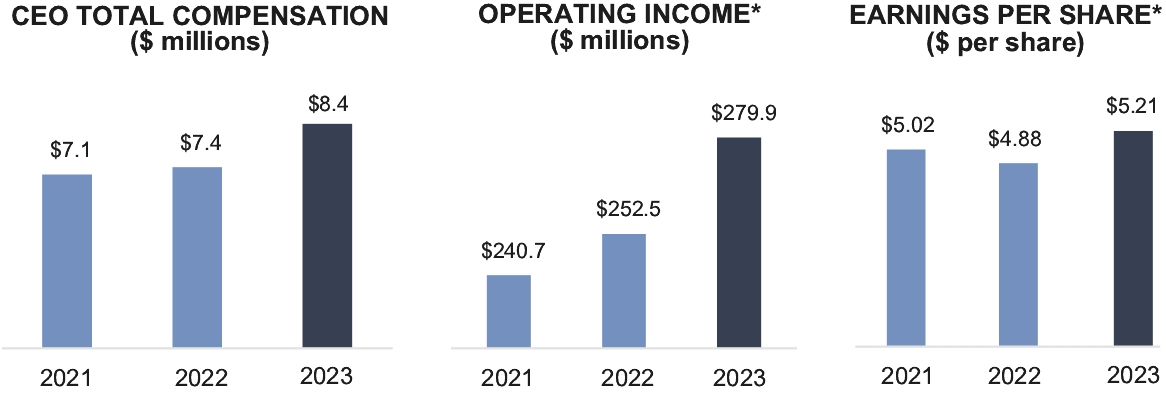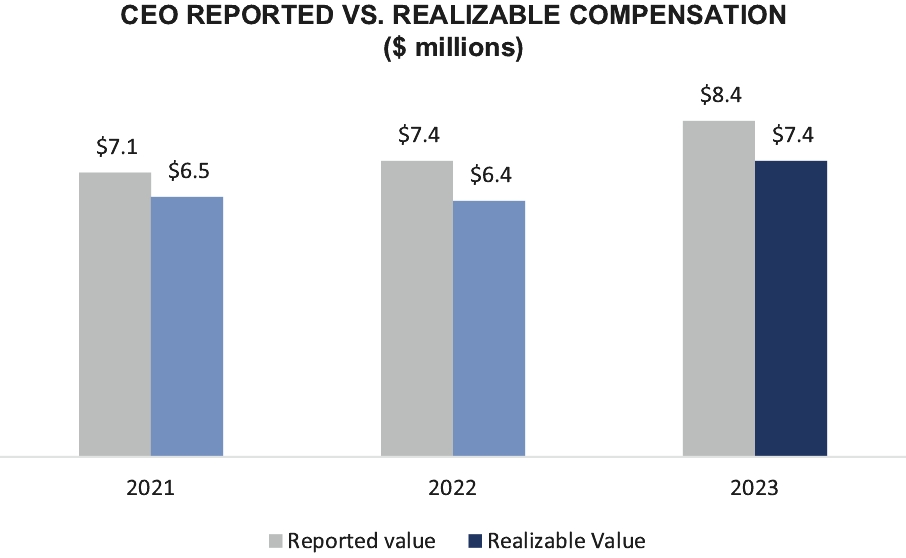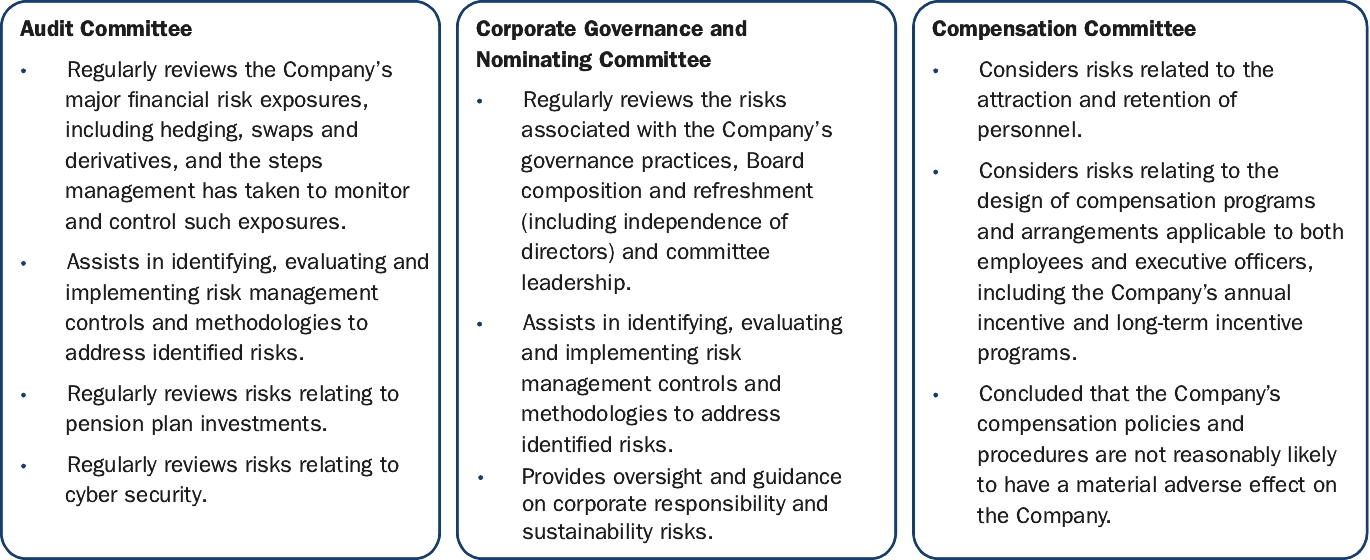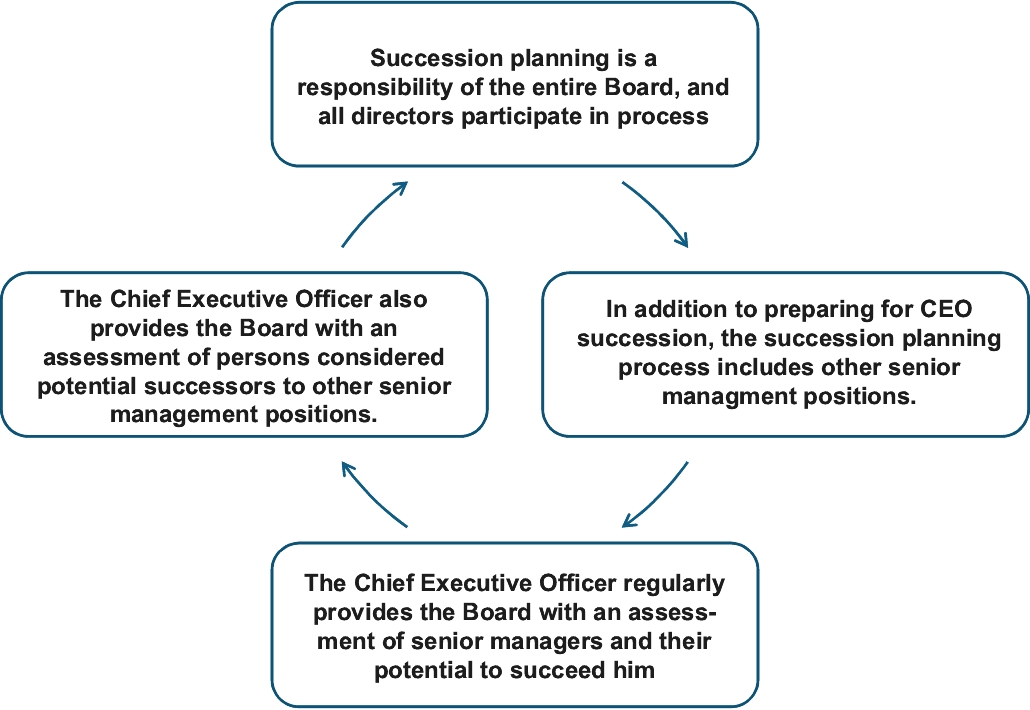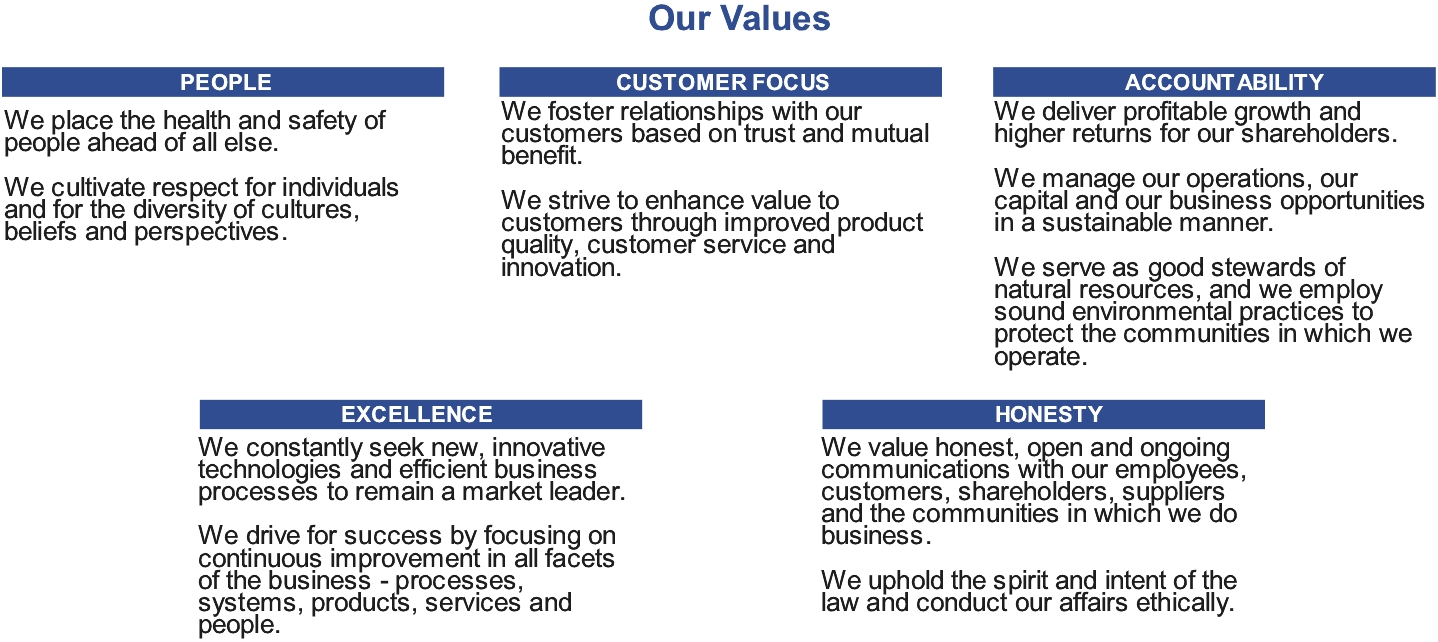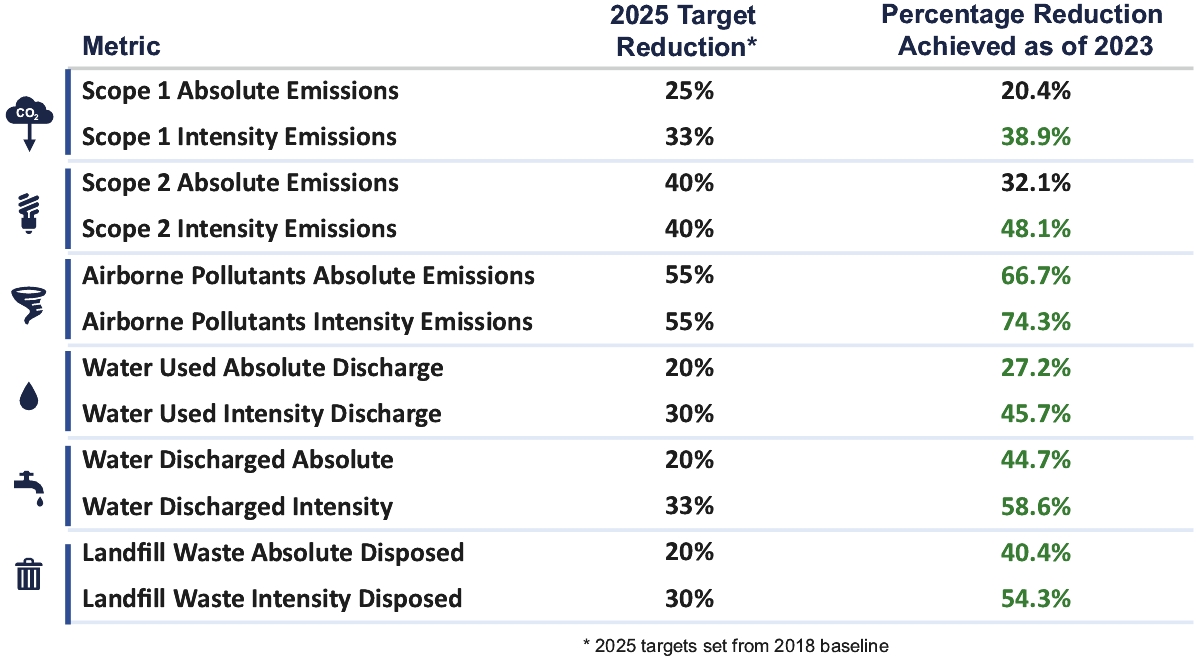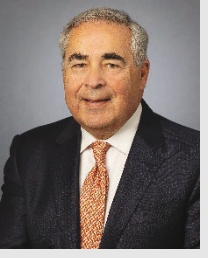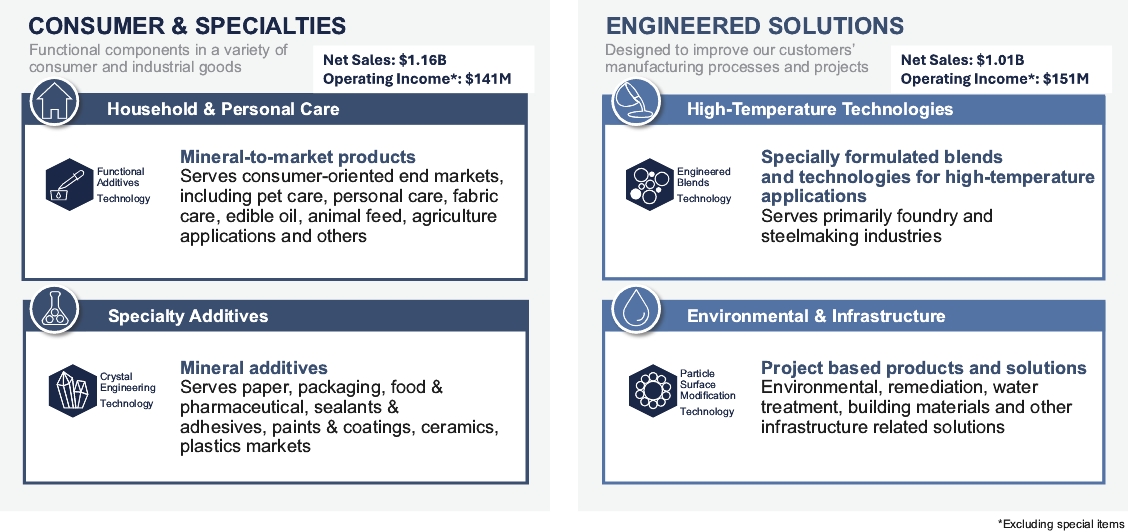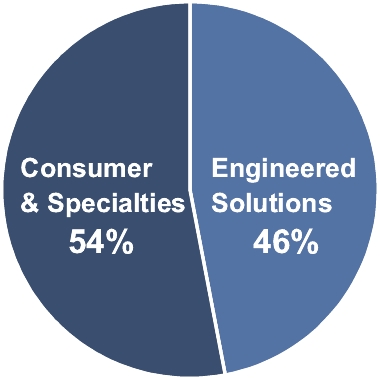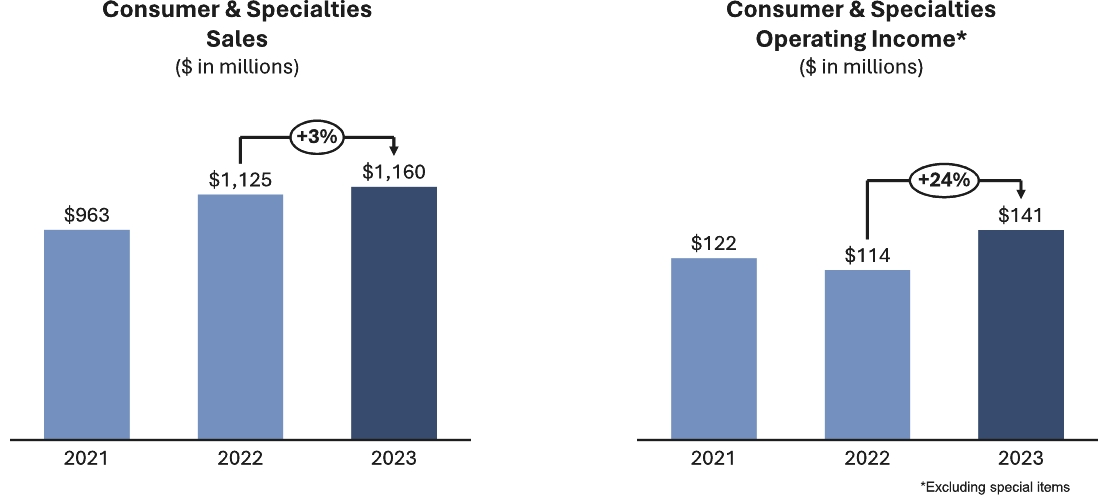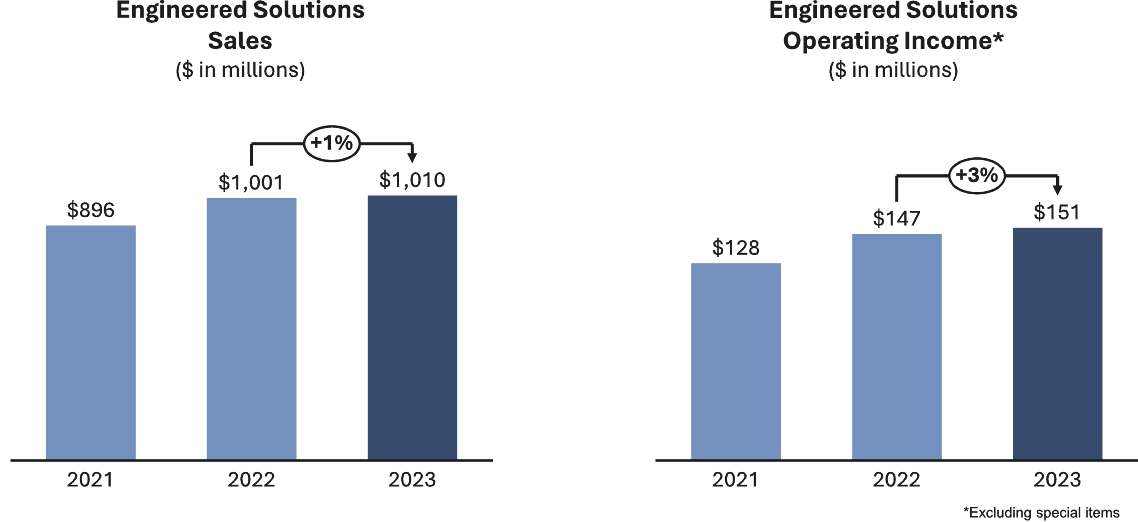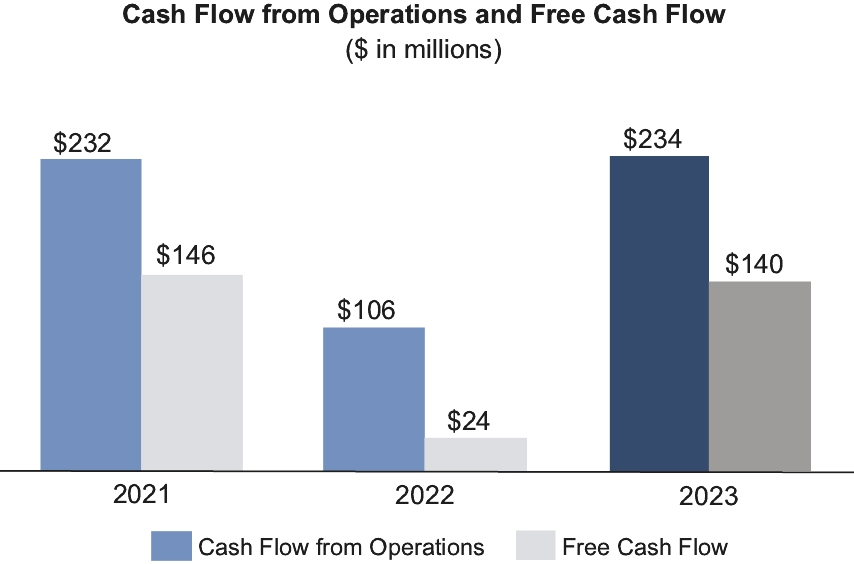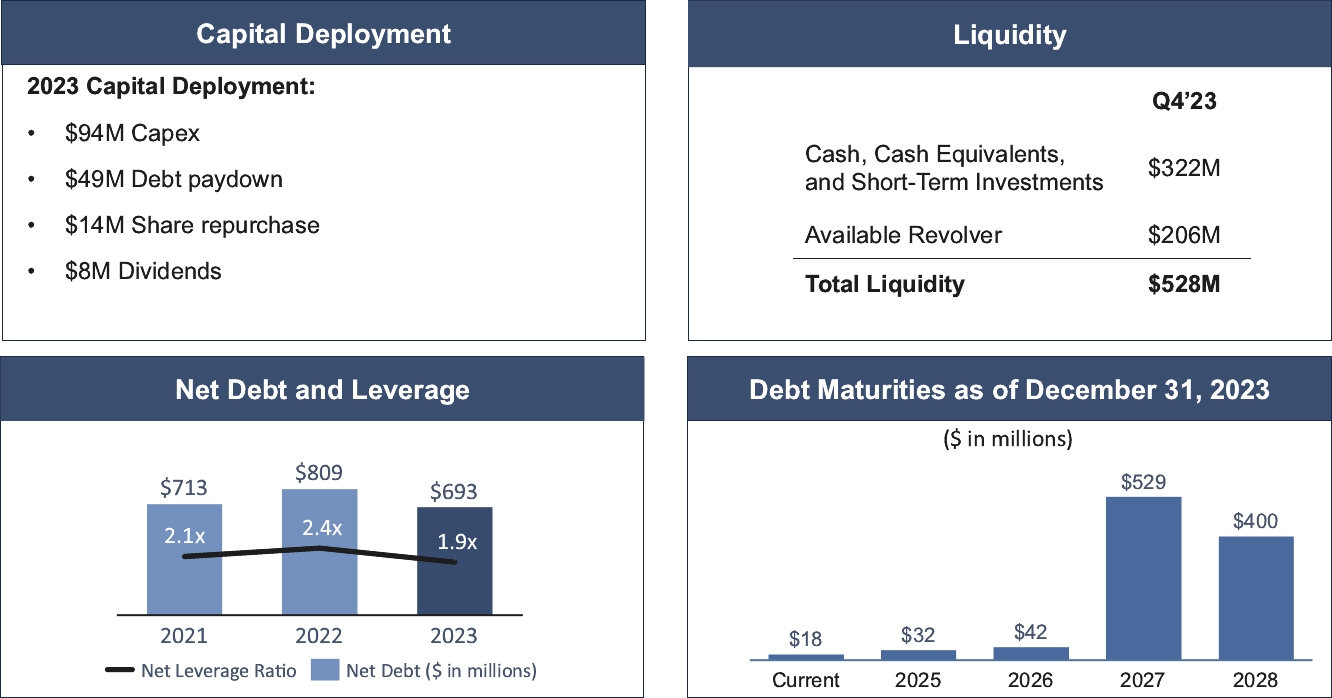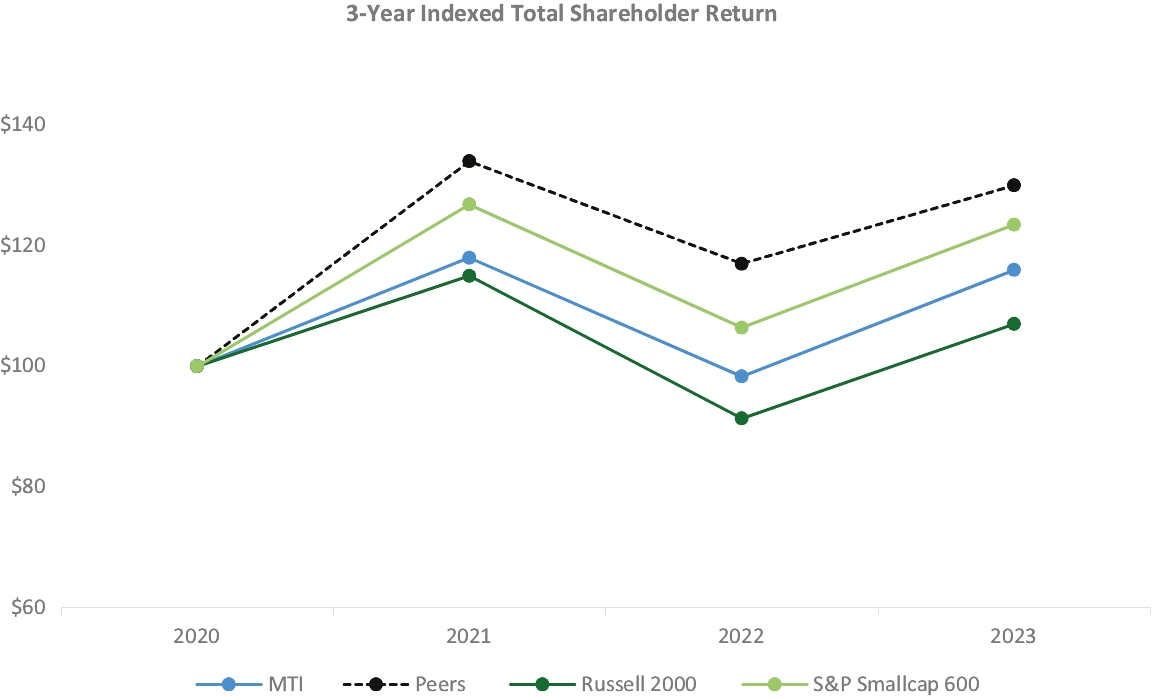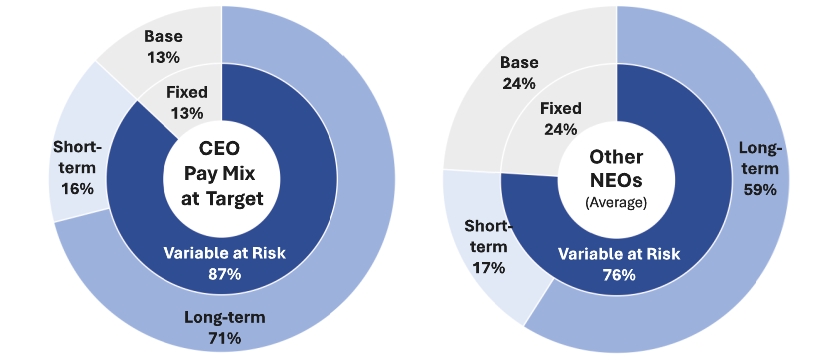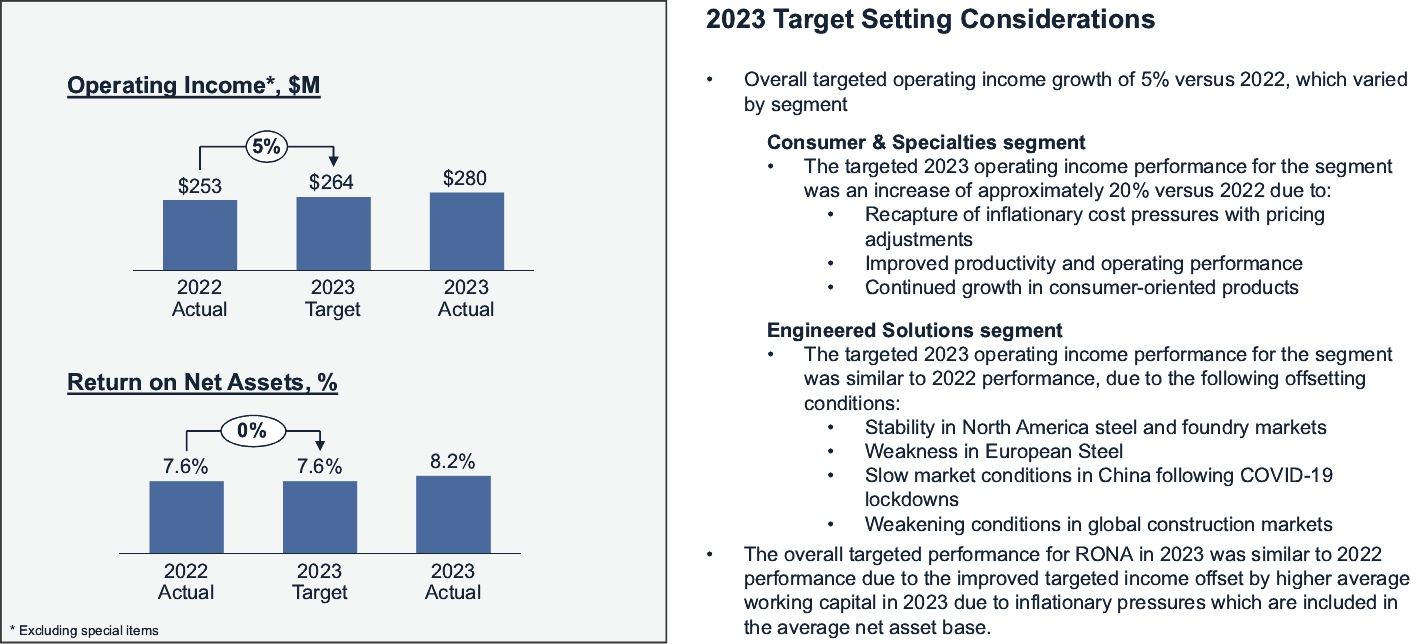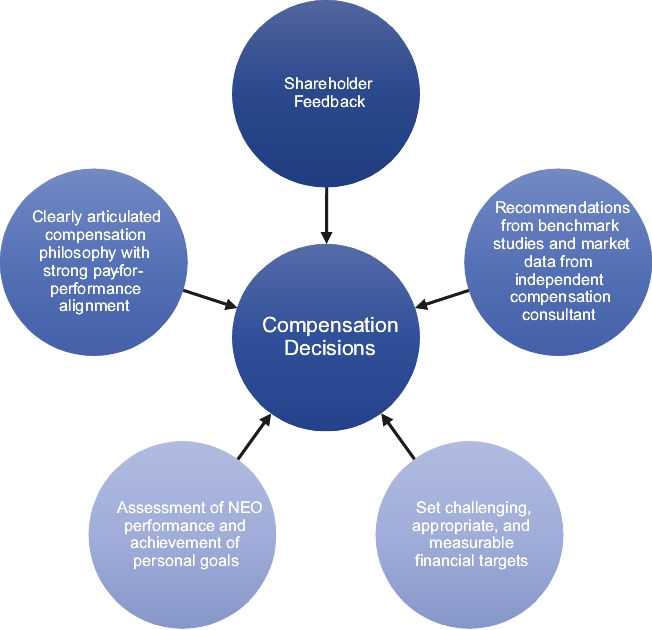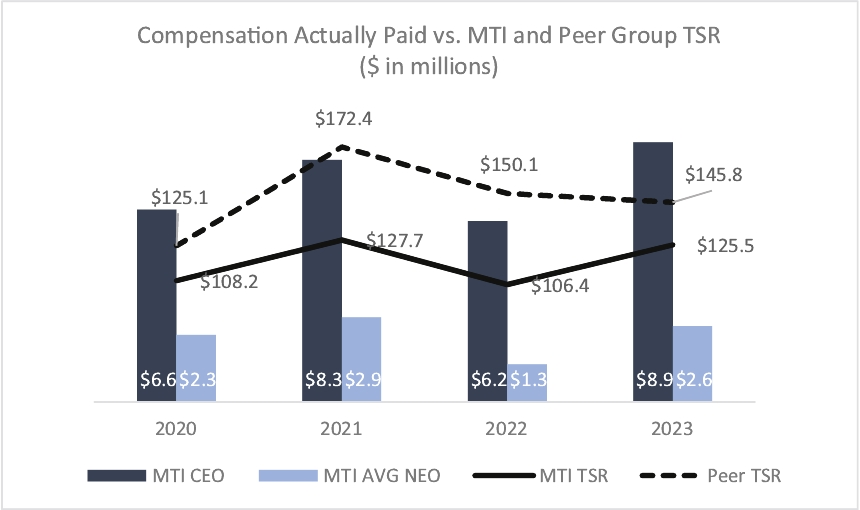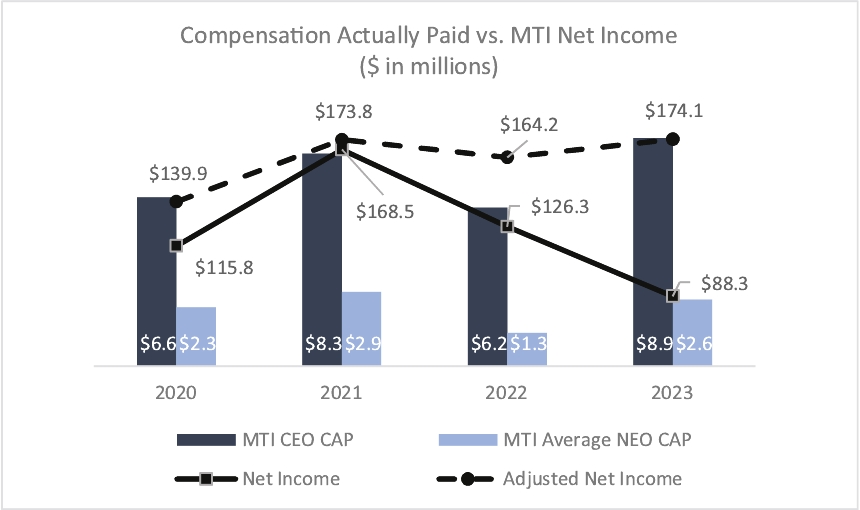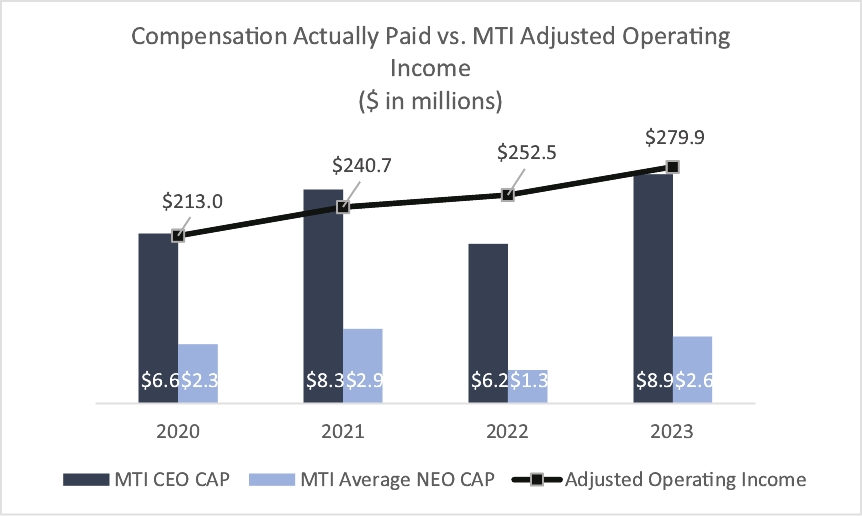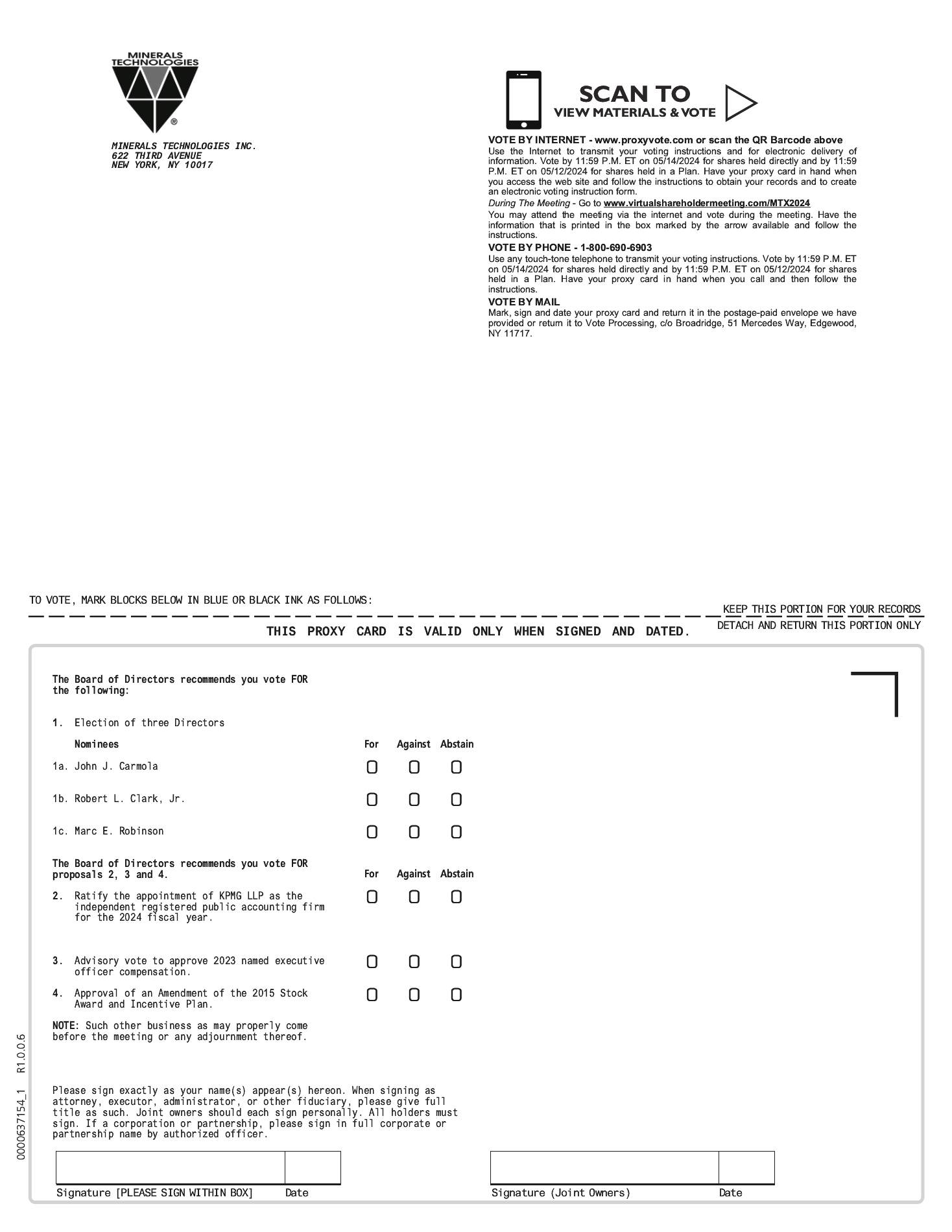(i) The unexercised portion of the Option, whether or not vested, and any other Award not then settled (except for an Award that has not been settled solely due to an elective deferral by the Participant and otherwise is not forfeitable in the event of any termination of service of the Participant) will be immediately forfeited and canceled upon the occurrence of the Forfeiture Event; and
(ii) The Participant will be obligated to repay to the Company, in cash, within five business days after demand is made therefor by the Company, the total amount of Award Gain (as defined herein) realized by the Participant upon each exercise of an Option or settlement of an Award (regardless of any elective deferral) that occurred on or after (A) the date that is six months prior to the occurrence of the Forfeiture Event, if the Forfeiture Event occurred while the Participant was employed by the Company or a subsidiary or affiliate, or (B) the date that is six months prior to the date the Participant’s employment by the Company or a subsidiary or affiliate terminated, if the Forfeiture Event occurred after the Participant ceased to be so employed. For purposes of this Section, the term “Award Gain” shall mean (i), in respect of a given Option exercise, the product of (X) the Fair Market Value per share of Stock at the date of such exercise (without regard to any subsequent change in the market price of shares) minus the exercise price times (Y) the number of shares as to which the Option was exercised at that date, and (ii), in respect of any other settlement of an Award granted to the Participant, the Fair Market Value of the cash or Stock paid or payable to Participant (regardless of any elective deferral) less any cash or the Fair Market Value of any Stock or property (other than an Award or award which would have itself then been forfeitable hereunder and excluding any payment of tax withholding) paid by the Participant to the Company as a condition of or in connection such settlement.
(b) Events Triggering Forfeiture. The forfeitures specified in Section 10(a) will be triggered upon the occurrence of any one of the following Forfeiture Events at any time during the Participant’s employment by the Company or a subsidiary or affiliate or during the one-year period following termination of such employment:
(i) The Participant, acting alone or with others, directly or indirectly, prior to a Change in Control, (A) engages, either as employee, employer, consultant, advisor, or director, or as an owner, investor, partner, or stockholder unless the Participant’s interest is insubstantial, in any business in an area or region in which the Company conducts business at the date the event occurs, which is directly in competition with a business then conducted by the Company or a subsidiary or affiliate; (B) induces any customer or supplier of the Company or a subsidiary or affiliate, or other company with which the Company or a subsidiary or affiliate has a business relationship, to curtail, cancel, not renew, or not continue his or her or its business with the Company or any subsidiary or affiliate; or (C) induces, or attempts to influence, any employee of or service provider to the Company or a subsidiary or affiliate to terminate such employment or service. The Committee shall, in its discretion, determine which lines of business the Company conducts on any particular date and which third parties may reasonably be deemed to be in competition with the Company. For purposes of this Section 10(b)(i), a Participant’s interest as a stockholder is insubstantial if it represents beneficial ownership of less than five percent of the outstanding class of stock, and a Participant’s interest as an owner, investor, or partner is insubstantial if it represents ownership, as determined by the Committee in its discretion, of less than five percent of the outstanding equity of the entity;
(ii) The Participant discloses, uses, sells, or otherwise transfers, except in the course of employment with or other service to the Company or any subsidiary or affiliate, any confidential or proprietary information of the Company or any subsidiary or affiliate, including but not limited to information regarding the Company’s current and potential customers, organization, employees, finances, and methods of operations and investments, so long as such information has not otherwise been disclosed to the public or is not otherwise in the public domain, except as required by law or pursuant to legal process, or the Participant makes statements or representations, or otherwise communicates, directly or indirectly, in writing, orally, or otherwise, or takes any other action which may, directly or indirectly, disparage or be damaging to the Company or any of its subsidiaries or affiliates or their respective officers, directors, employees, advisors, businesses or reputations, except as required by law or pursuant to legal process; or
(iii) The Participant fails to cooperate with the Company or any subsidiary or affiliate by making himself or herself available to testify on behalf of the Company or such subsidiary or affiliate in any action, suit, or proceeding, whether civil, criminal, administrative, or investigative, or otherwise fails to assist the Company or any subsidiary or affiliate in any such action, suit, or proceeding by providing information and meeting and consulting with members of management of, other representatives of, or counsel to, the Company or such subsidiary or affiliate, as reasonably requested.
(c) Agreement Does Not Prohibit Competition or Other Participant Activities. Although the conditions set forth in this Section 10 shall be deemed to be incorporated into an Award, a Participant is not thereby prohibited from engaging in any










